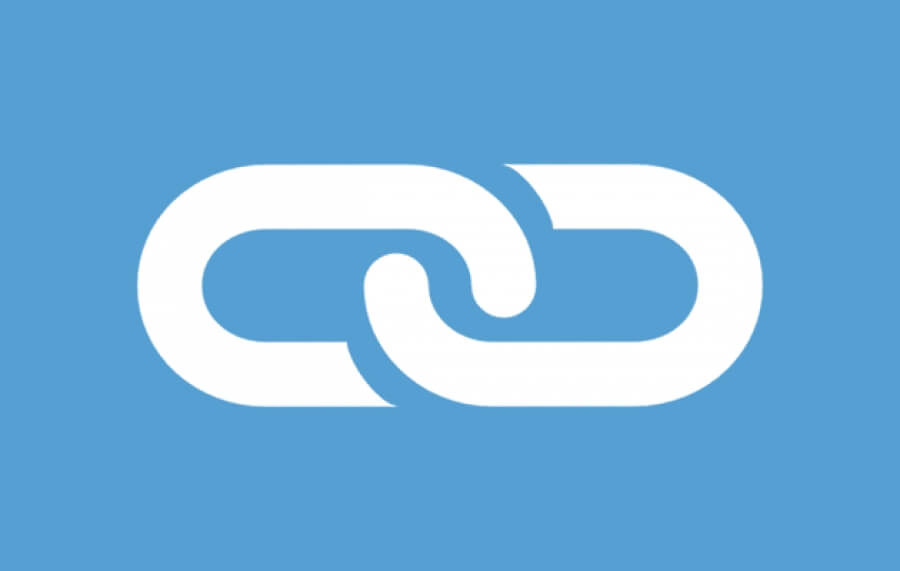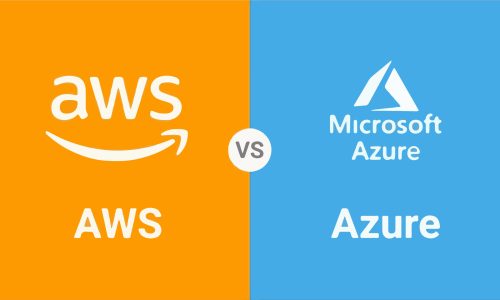It’s crucial to bear in mind that Google’s algorithm is keep changing time to time. The search giant rolls out numerous tweaks and updates, sometimes numbering in the hundreds within a single year. In the rapidly changing landscape of SEO, a multitude of developments can transpire over a relatively short period. Therefore, it’s imperative to always remain one step ahead of the curve in this dynamic industry. Staying vigilant and adaptive is key to successfully navigating the ever-shifting terrain of SEO.
Get ready to take note of these must-consider SEO trends for the year 2023!
1. User Experience

The paramount goal for any business should always be to enhance the user experience (UX). UX plays a pivotal role in the triumph of an organization, and it’s closely intertwined with the latest SEO trends. In fact, user experience exerts a substantial influence on SEO rankings.
User experience encompasses many aspects, including but not limited to seamless navigation, effortless accessibility, user-friendly URLs, usability, precision, website security, and efficiency. These elements collectively contribute to users’ overall impression when they visit a website.
In the realm of SEO, search engines like Google prioritize websites that offer exceptional user experiences. Websites that excel in providing users with easy, enjoyable, and effective interactions tend to rank higher in search engine results. Therefore, optimizing your website for superior UX isn’t just a matter of user satisfaction—it’s also a strategic move to bolster your SEO performance and improve your online visibility.
2. Link Building

The SEO strategy of link building has a long-standing history and remains one of the foremost trends in SEO. This practice is paramount as it serves multiple purposes within the SEO landscape.
Firstly, link building is instrumental in discovering new web pages and SEO blog posts. It acts as a bridge, connecting different corners of the internet and helping search engines locate and index fresh content.
Secondly, it plays a vital role in assessing the credibility and authenticity of your content. When reputable websites link to your pages, it’s seen as an endorsement of your content’s quality and trustworthiness.
In addition, link-building plays a massive role in increasing the chances of your web pages appearing on SERPs (Search Engine Results Pages). Backlinks are seen by search engines like Google as an endorsement of the credibility of your content, often rewarding pages with more high-quality backlinks with higher positions in the search results.
3. Image Optimization

Images play a pivotal role in online content delivery. In 2023, the dominant trend in content strategy revolves around image optimization, with a heightened emphasis on rigorous auditing. Modern webmasters now fully appreciate the significance of appropriately tagging and labeling images, recognizing it as a best practice.
Image optimization extends beyond mere aesthetics; it encompasses critical aspects. This includes compressing images to enhance page loading speed, using descriptive alt text, and giving files meaningful names for SEO. The inclusion of pictures in XML sitemaps facilitates efficient search engine indexing. Ensuring images adapt seamlessly to various devices is vital for an optimal user experience.
Furthermore, the relevance of images to surrounding content is a critical factor for both user satisfaction and SEO. Regular image auditing is essential for upholding quality and sustaining high SEO performance.
4. Semantically Associated Keywords

Much like the previously discussed SEO trends, the importance of semantically associated keywords is on the rise. These keywords are not just loosely related; they are conceptually linked to each other. Semantic search plays a pivotal role here, as search engines now delve deeper into query context to better understand user search intent.
This sophisticated approach goes beyond merely matching keywords. It enables search engines to grasp the nuances of user queries, ultimately delivering more precise and relevant results. By recognizing the semantic connections between words and phrases, search engines provide users with content that better aligns with their intentions. As a result, the user experience is greatly improved, and the overall quality of search results is enhanced, making semantic keyword optimization a crucial strategy for modern SEO.
5. Mobile-Responsive

In today’s digital world, one of the most critical SEO trends revolves around ensuring the seamless performance of your organization’s website on various mobile devices. With a significant portion of internet users now relying on smartphones and tablets for their online searches, the mobile-friendliness of your website can wield considerable influence over your search engine rankings.
According to the evolving SEO landscape of 2023, search engines have shifted their focus, prioritizing the mobile version of a website. This shift signifies the growing significance of how your website appears and functions on mobile platforms, as it can substantially impact its visibility in search results.
To stay competitive and enhance your SEO rankings, investing in responsive web design has become not just a preference but a necessity. By doing so, you not only cater to the needs of your mobile audience but also align with the SEO trends that prioritize delivering an exceptional user experience on mobile devices.
6. The EAT Principle

To secure success in SEO rankings, aligning with the latest SEO trend known as the “EAT” principle is imperative. When crafting content for webpages, it’s essential to adhere to certain critical factors, including authority, trustworthiness, and expertise.
The key to gaining success in the digital landscape is reinforcing your content with well-researched references, relevant links, and compelling statistics from reputable sources. By doing so, you not only enhance the depth and reliability of your content but also establish a significant competitive advantage. These strategies bolster your credibility in the eyes of both your audience and search engines, ultimately resulting in improved SEO rankings. In the ever-evolving world of online visibility, mastering the “EAT” principle is a smart move that can propel your website to greater heights.
7. Usage of Videos in Content

Another significant SEO trend gaining immense importance today is the integration of videos into content. This strategy has been steadily gaining traction for quite some time. Incorporating video content into your online presence is considered one of the most effective strategies to stay competitive.
However, it’s not just about adding videos; optimization is key. To make the most of your videos, you need to use the right keywords and descriptions. These elements help search engines and viewers understand what your video is about, making it more discoverable and engaging for your audience. So, in today’s SEO landscape, video content and effective optimization are essential for a successful online presence.




